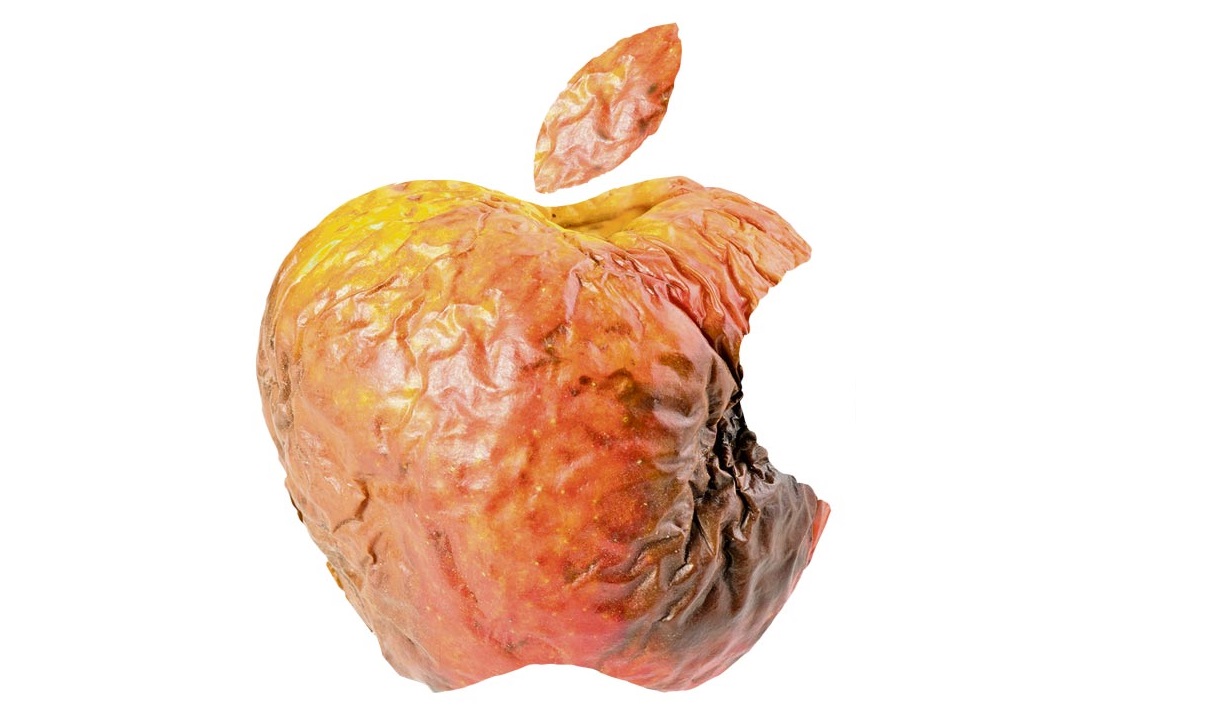Time for a bit of a change of pace. OK, so one of my many
pet hates of recent years involves the tech industry, and more specifically,
how they “innovate”. More specifically, I dislike the culture of expectation that has emerged, to the point where
companies that aren’t seen to be constantly innovating are seen to be falling
behind.
I’ll clarify what I mean: In the time that Steve Jobs was
Apple’s CEO, the company blew the world’s collective mind on consecutive
occasions through the introduction of “revolutionary” products such as the
iPod, iPhone, and iPad.
Since Tim Cook took charge, many people lament the lack of
innovation, specifically the lack of big-picture leaps in technology. They view
Apple’s recent innovations as being purely incremental in nature, rather than
the old days of huge new inventions unveiled with each fresh product-launch. And
by “many people”, I mean the vast majority of tech websites (see: here, here, here and, my personal favourite (purely for the wordplay), here).
I do not dispute these facts. Just because Apple has not
stirred the proverbial pot recently, it doesn’t necessarily mean that it’s a
bad sign for Apple, or likewise a good sign for competitors. People cannot
continually expect companies to churn out innovation after innovation, year
after year – that’s simply not the way life works.
These “journalists” lament the fact that these companies no
longer have vision, and see it as a point of weakness. What many journalists
often overlook is the fact that these companies are just like other
conventional companies; conventional companies where product innovations and
R&D all cost substantial amounts of time, effort, and money. If these costs
cannot be recouped through the marketing of the product itself, then it is
simply not worth innovating. The bottom line is that, if Apple can still make a
stack of money by incrementally improving its product design year-on-year, then
why would it even bother continually re-inventing its products each year?
So then, this poses the question of why Apple is no longer
innovating like it used to. In this respect, Everett Rogers’ work on the Diffusion
of Innovation model provides a number of answers. As an example, I’m going to
use the iPhone, or to define the sector more broadly, the “smartphone” sector.
Rogers’ model has stages along the process from which an innovation is first
conceptualised, to the point where it reaches full market saturation. These
stages are, in chronological order: Innovators, Early Adopters, Early Majority,
Late Majority, Laggards.
In the smartphone realm, Blackberry (and to a lesser extent,
Windows) were the Innovators and Early Adopters of a phone which paired
internet connectivity (and its web browsing and email capabilities) with the
conventional mobile phone. These phones were marketed to businesses, with high
levels of success. However, they had limited success with individual consumers,
due to their inflexibility and lack of real utility for average consumers.
Following this, along came Apple in 2007 with an offering
which was directly targeted at the consumer market, offering a sleeker, more
practical and more customisable solution to Blackberry’s offering. It was an
instant success. In this sense, Apple were the Early Majority to the smartphone
market, with the android system (and its myriad of manufacturers including
Samsung) lagging behind a year or so, classing it as a Late Majority.
Finally, just as the market is heading towards the point of
full innovation saturation, and realising the error in their ways, both Windows
and Blackberry re-launched their smartphones towards 2012-2013. They ditched
their business-aimed phones and adopted a format closer the consumer format
chosen by Apple. In this sense, they had undergone a transformation from being
the Early Adopters to being the Laggards of the market. This just goes to show
that having the upper hand as an innovator or early adopter does not always
guarantee success, and shouldn’t be put up on a pedestal as always being the
optimal thing to aim for. More often than not, a strategy of imitation can be
just as successful as a strategy of innovation.
This pattern is replicated over and over, no matter whether
the product be tablets, phones, computers, smart-watches, etc. etc. Such a
process can be expected each time a disruptive innovation is presented to the
market, and it is not always guaranteed on who will seize the opportunity at
the right moment and create a successful innovation. Innovation doesn’t always
equal success, and as such it is unreasonable for tech writers to continually
whinge about having a lack of it in big tech companies.


No comments:
Post a Comment